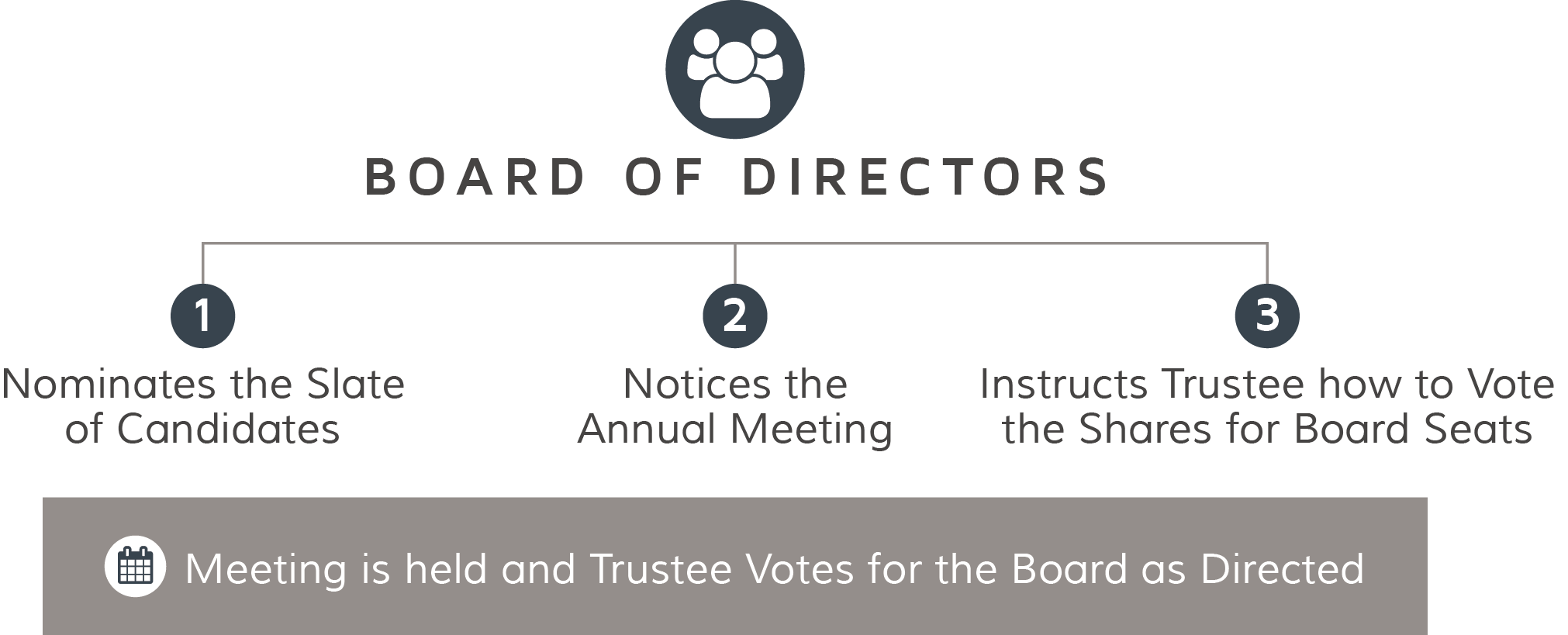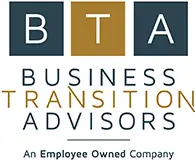Does the ESOP Trust control the Board since they are the stockholders?
The key component to control is the type of Trustee you choose once the ESOP is established. There are two types of trustees, independent and directed. An independent Trustee is independent of the current Board of Directors and has broad fiduciary responsibility. Although rare, they could replace the current Board if deemed the Board was not following their fiduciary responsibility to the company and the Trust. A directed Trustee is directed by the Board of Directors on all matters and votes the shares based on Board direction unless it violates ERISA law. In the case of a directed Trustee, the board assumes most of the fiduciary liability and needs to obtain insurance to cover the additional liability.
As a practical matter, the way the Board maintains control is depicted above. It is quite simple, but the Board does need to follow the sequence outlined.
When selling to an ESOP the shareholders have the option to sell at a majority interest value with a control premium applied, or take a discount to sell a minority interest (even when selling 100%) to maintain control.
If the ESOP Trust acquires a controlling interest, the Trustee will require at least one independent Board member to be appointed (selected by current Board). The independent member will be the head of the compensation and audit committees.
One key point is the trustee never wants to get involved in the operations of the company. Their position is one of the looking out for the best interests of the ESOP participants and assets of the Trust.


